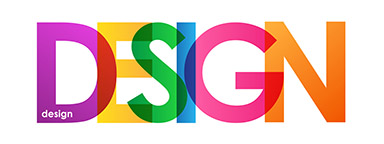 How one idea leads to another.
How one idea leads to another.
What was the original inspiration for the modern computer? Some say it was the Chinese abacus, invented in 300 BC. Others say it was the “Difference Engine”, conceived by J.T. Muller in 1786. Still others point to the Zuse Z3 created by Konrad Zuse in WWII.
In reality, the modern computer is the direct result of several million years of human experimentation and contribution by untold millions of humans just like you and me. Sure, today’s computer is a beautiful and complex thing, but it’s made up of many parts, each of which can be considered a separate breakthrough, invention or precursor. The primitive wheel, lever, needle, awl, pulley, diode, vacuum tube and transistor all built on one another over countless centuries to eventually lead us to the powerful and elegant little laptop on your desk today. Continue reading
 Keep the rebel artist alive in you.
Keep the rebel artist alive in you. The story has been passed on from generation to generation: It is said that in 1855, the great Niagara Suspension Bridge was built by flying a kite across the 855-foot chasm. From there, the workers on the other side started pulling on the kite string.
The story has been passed on from generation to generation: It is said that in 1855, the great Niagara Suspension Bridge was built by flying a kite across the 855-foot chasm. From there, the workers on the other side started pulling on the kite string.
 Conception is a Matter of Connection.
Conception is a Matter of Connection. Don’t just create what the market needs or wants—create what it will love.
Don’t just create what the market needs or wants—create what it will love.
 I didn’t write that headline. J.R.R. Tolkein wrote it for Lord of the Rings. He was referring to a wandering chieftain named Aragorn.
I didn’t write that headline. J.R.R. Tolkein wrote it for Lord of the Rings. He was referring to a wandering chieftain named Aragorn.  Turn off your email and cell for a couple hours each day—and watch what happens.
Turn off your email and cell for a couple hours each day—and watch what happens. What the world needs is more finishers.
What the world needs is more finishers.